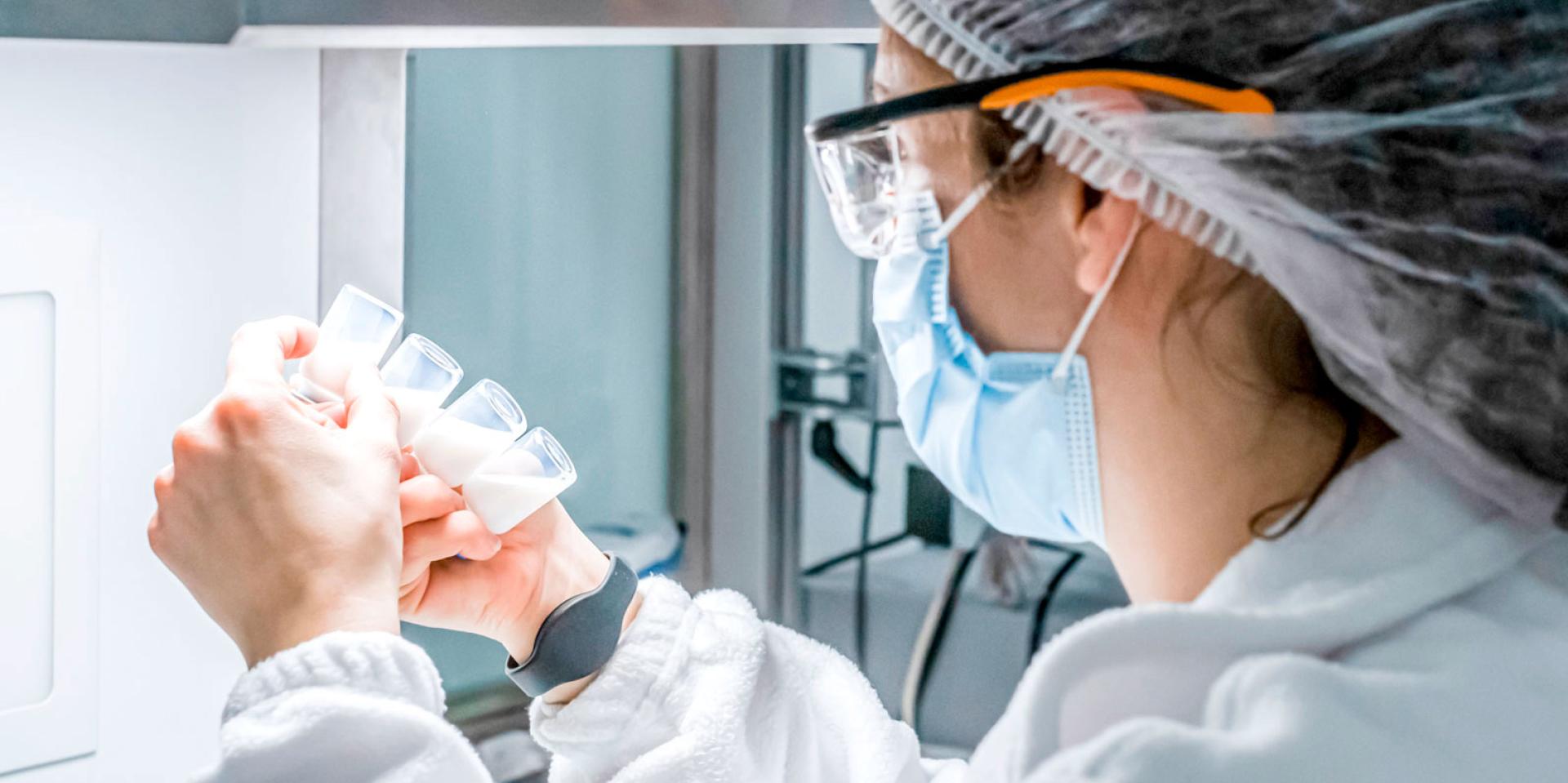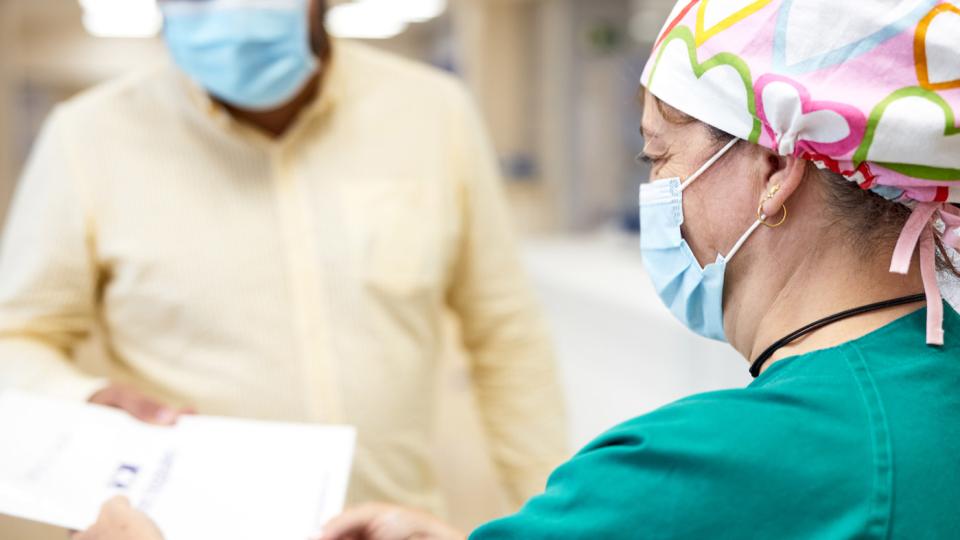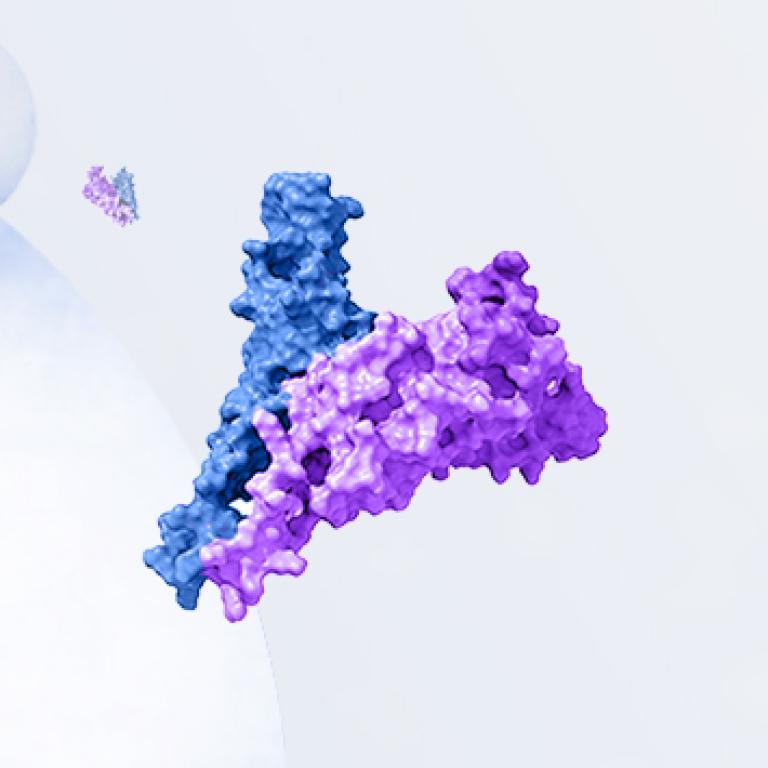COVID-19 adalah penyakit menular yang disebabkan oleh virus corona yang dikenal dengan nama SARS-CoV-21. Virus corona adalah jenis virus dengan banyak varian yang dapat menyebabkan infeksi terhadap manusia, burung, dan mamalia. Virus tersebut terkadang ditularkan dari hewan ke manusia2.

Organisasi Kesehatan Dunia (World Health Organization/WHO) diberi tahu tentang keberadaan virus baru ini pada tanggal 31 Desember 2019, setelah mewabahnya kasus “pneumonia menular” dilaporkan di Wuhan (Republik Rakyat Tiongkok)1. Jumlah kasus yang dikonfirmasi meningkat dalam waktu cepat di mana ribuan kasus baru dilaporkan setiap hari selama bulan Januari, sehingga WHO menyatakan bahwa wabah COVID-19 pada 30 Januari 2020 merupakan keadaan darurat kesehatan publik di tingkat internasional. Pada 11 Maret 2020, WHO secara resmi mendeklarasikan status COVID-19 sebagai pandemi global3.
Kebanyakan orang yang tertular mengalami penyakit pernapasan ringan atau menengah, dan sembuh tanpa memerlukan perawatan khusus. Namun, beberapa orang mengalami sakit parah dan memerlukan perawatan medis. Para lansia dan orang yang menderita penyakit penyerta – seperti penyakit kardiovaskuler, diabetes, penyakit pernapasan kronis, atau kanker – memiliki kemungkinan yang lebih tinggi untuk menderita penyakit yang parah4.
COVID-19 menyebar ketika orang yang terinfeksi mengembuskan partikel pernapasan yang kecil, serta tetesan yang mengandung virus. Partikel pernapasan dan tetesan tersebut dapat terhirup oleh orang lain atau mengenai mata, hidung, atau mulut mereka. Dalam beberapa situasi, hal tersebut dapat mengontaminasi permukaan yang disentuh orang lain. Siapa pun yang terinfeksi COVID-19 dapat menyebarkan penyakit tersebut, meskipun mereka tidak menunjukkan gejala apa pun5.
Langkah-langkah pencegahan utama yang mendasar yang telah diikuti untuk menghentikan penyebaran virus tersebut adalah sebagai berikut6:
• Sering mencuci tangan dengan sabun dan air, atau dengan gel penyanitasi tangan.
• Menggunakan masker jika tidak memungkinkan untuk menjaga jarak aman.
• Menghindari kerumuman, ruang dalam bangunan tanpa ventilasi yang cukup dan melakukan kontak dengan orang lain dalam waktu yang lama.
• Menghindari untuk menyentuh permukaan, terutama di ruang publik atau di pusat perawatan kesehatan.
• Tinggal di rumah jika Anda menunjukkan gejala apa pun.
• Mengikuti pedoman dan rekomendasi vaksinasi setempat.

Komitmen HIPRA terkait COVID-19
HIPRA, dengan pengalaman lebih dari 50 tahun memerangi penyakit menular melalui pengembangan vaksin, adalah perusahaan yang berkomitmen terhadap kesehatan, manusia, masyarakat, dan kemajuan. Karena alasan ini, dihadapkan pada situasi yang luar biasa, HIPRA memutuskan sedari awal untuk menyumbangkan keahliannya dalam melawan pandemi dengan perkembangan vaksin protein rekombinan untuk SARS-COV-2 (Otorisasi Pemasaran EMA pada 31 Maret 2023).
Referensi pustaka:
1. World Health Organization. Basic information about COVID-19. [Internet] Tersedia di: https://www.who.int/emergencies/diseases/novel-coronavirus-2019/question-and-answers-hub/q-a-detail/coronavirus-disease-covid-19 (Terakhir dikunjungi: 8 Maret 2023)
2. “Information for the public. Questions and Answers about the new COVID-19 Coronavirus [Internet]”. Tersedia di: https://www.sanidad.gob.es/en/profesionales/saludPublica/ccayes/alertasActual/nCov/ciudadania.htm (Terakhir dikunjungi: 8 Maret 2023)
3. Hu B, Guo H, Zhou P, Shi ZL. Characteristics of SARS-CoV-2 and COVID-19. Nat Rev Microbiol. 2021;19(3):141-154.
4. World Health Organization. Coronavirus. [Internet] Tersedia di: https://www.who.int/health-topics/coronavirus#tab=tab_1 (Terakhir dikunjungi: 8 Maret 2023)
5. Centres for Disease Control and Prevention. [Internet]. Tersedia di: https://www.cdc.gov/coronavirus/2019-ncov/prevent-getting-sick/how-covid-spreads.html (Terakhir dikunjungi: Maret 2023)
6. World Health Organization. Questions and answers about the spread of COVID-19. [Internet] Tersedia di: https://www.who.int/news-room/questions-and-answers/item/coronavirus-disease-covid-19-how-is-it-transmitted (Terakhir dikunjungi: Maret 2023)

